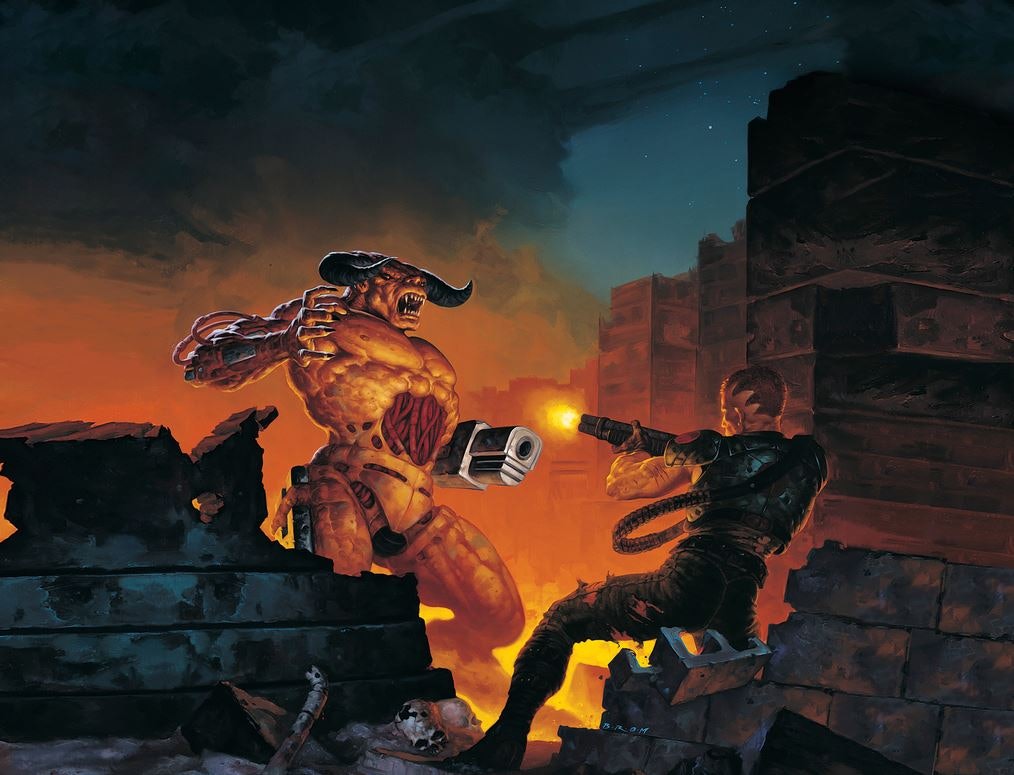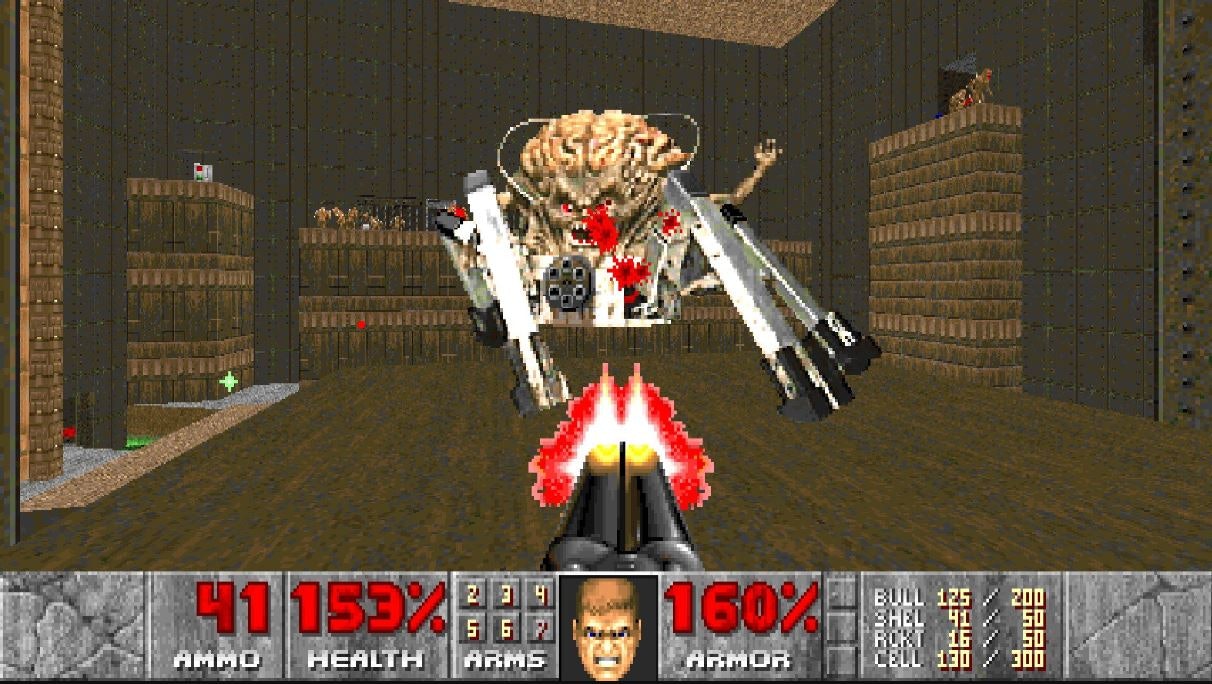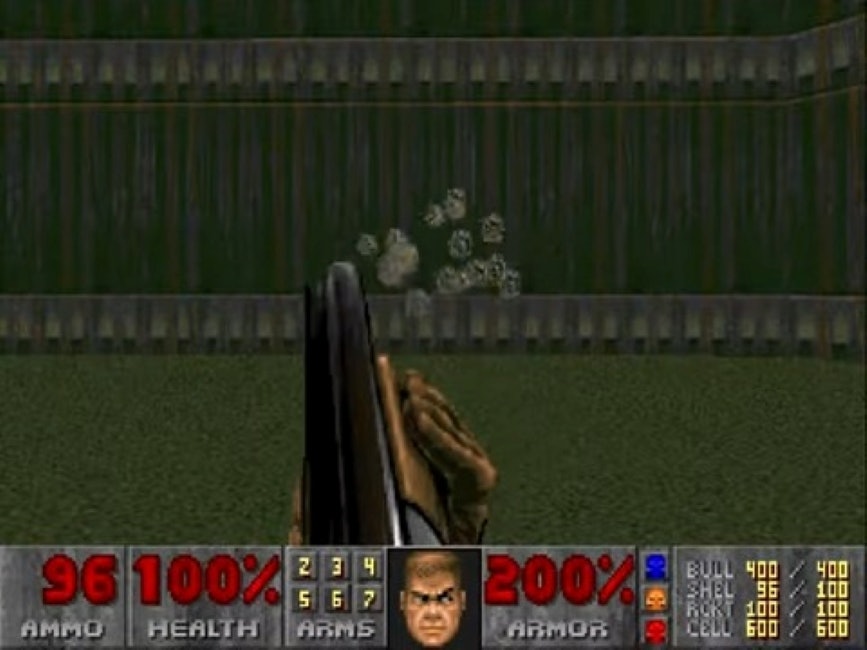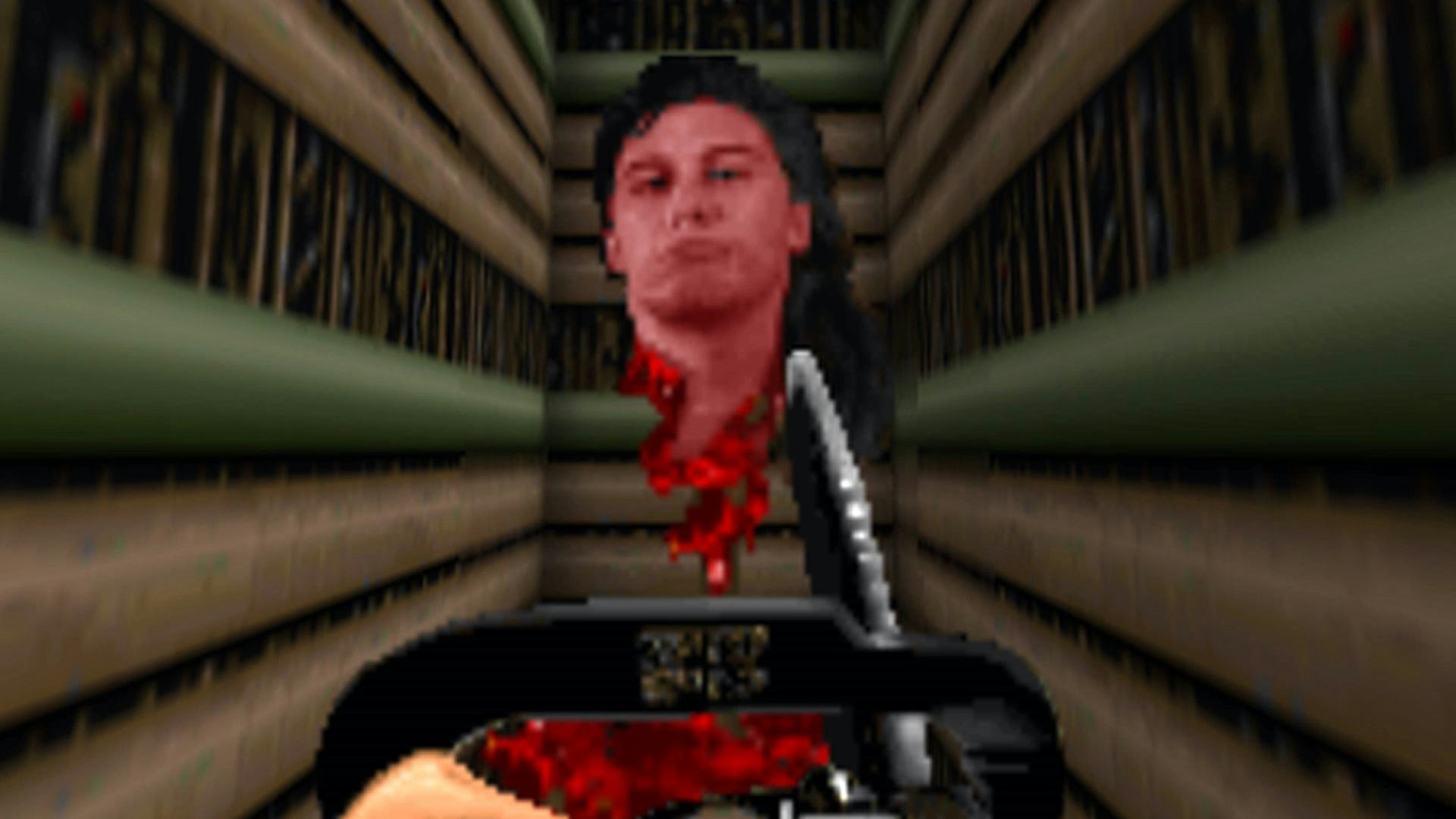
In July 1969, Roy Sullivan was struck by lightning. A rare and unfortunate occurrence to be sure, but Sullivan had been struck by lightning before while working in a fire lookout tower (think Firewatch) in 1942. Sullivan was living proof that the old adage “lightning never strikes twice” isn’t true. And if you want a video game example, look no further than Doom II.
Released on October 10, 1994, Doom II: Hell on Earth took the foundation built by its predecessor and cranked the dial to eleven. By all accounts, Doom was a massive success that pioneered a new genre and changed the gaming landscape. The pressure to follow up on something like that was tremendous. But the team at id Software channeled their inner Sullivan. And while Doom II didn't radically overhaul the formula, it did something just as important: it perfected it.
It also was sold in stores. This may not sound like a big deal but the original Doom was only available via shareware or through mail order. Doom II had a box and a presence on retail shelves that planted its flag as a franchise. It worked. Beyond the glowing critical reception, and some argue it's still one of the greatest games of all-time, Doom II was a commercial smash for id Software with more than $75 million in sales.
The story of Doom II is simple. Doom puts players in the boots of a space marine, mowing down hordes of demons on Mars. Doom II brought the fight home. Literally. The hellspawn have invaded Earth, and it’s your job to blow them back to hell. No complex plot, no drawn-out cutscenes—just raw, unfiltered action from the second you load the game. And that’s one of Doom II’s enduring qualities. It keeps things simple and to the point. It doesn't try to complicate the experience with excessive narrative; it focuses on the essentials: guns, demons, and a blistering pace.

Let’s start with the demons. The most memorable is the OP Arch-Vile, resurrecting dead enemies as he sets you on fire. Other franchise staples got their start here, too, like the Revenant, that skeleton with homing missiles and the Mancubus, the hulking brute with flamethrower arms. These new enemies added new layers to the strategy, inspiring players to get creative with a new arsenal that included one of the best video game guns of all-time.
The real star of Doom II is the Super Shotgun. The satisfying ka-chunk of loading two shells into this beast and obliterating demons at point-blank range remains one of the most iconic sound effects in gaming. It gave players a reliable way to take out tougher enemies quickly —a perfect blend of raw power and satisfying destruction and the standard by which all subsequent video game shottys are measured.

But it wasn’t just about the bigger, more badass enemies or weapons. Doom II also introduced larger, more labyrinthine levels that pushed the player's navigational skills to the limit. Led by Sandy Peterson, the level design was downright diabolical. Hidden rooms, ambushes, and traps are tucked into every nook and cranny. Each map is a mix of sprawling layouts and brutal enemy placement that demands multiple attempts.
The multiplayer was another standout feature. While Doom had basic multiplayer, Doom II truly pushed it to the next level. Deathmatches became a massive draw, and laid the groundwork for online multiplayer as we know it today, establishing Doom II as more than just a great single-player experience.
All of this was done on the same engine as the original Doom, but id Software fine-tuned it to handle larger levels and more enemies without sacrificing the lightning-fast, fluid motion that made the first Doom such a hit. The movement in Doom II was slick and responsive, whether you were dodging fireballs or circle-strafing around hordes of demons it was all about maintaining momentum. That sense of momentum carried through the series and was one of the things that made 2020’s Doom Eternal a GOTY contender.

Doom II also has one of gaming’s coolest easter eggs that showcases the humor and camaraderie of the dev team at id Software. The final boss of the game is a massive demonic cow skull that spews Satanic gibberish. Except it's not gibberish. It’s a reversed, altered recording of id Software studio head saying “To win the game you must kill me, John Romero.” Hidden within the final boss is a rendering of Romero’s severed head on a spike, which actually does take damage and must be destroyed to win.
Why does Doom II still resonate today? It’s the perfect example of a sequel done right. It took the core of what made Doom great—fast-paced shooting, tight level design, and ruthless enemies—and expanded on it in every meaningful way. There’s no filler, no wasted time, just relentless amounts of fun and action. It knows exactly what it wants to be, and delivers it with an unapologetic ferocity. Just like lightning.







